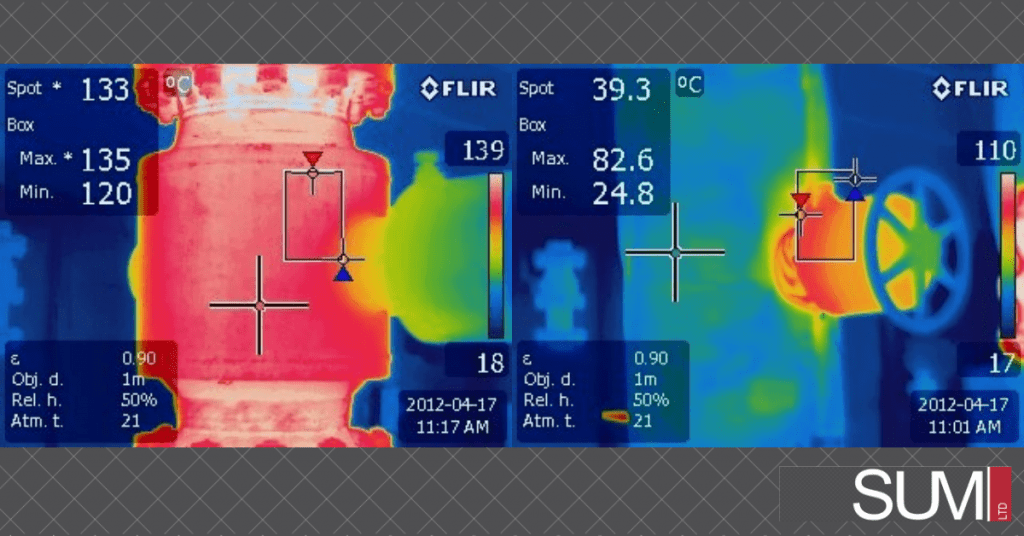While insulation can be used to attenuate sound, mitigate hazards in the workplace, or act as the last line of defence for critical components during an emergency fire, its primary and most common application is to reduce heat exchange between a surface and the environment.
But how does one compare the performance of one type of insulation to another? Rating the performance of an insulation blanket begins with the understanding of 3 components: K-value, C-value and R-value.
- K-value (Thermal Conductivity): According to the American Society for Testing Materials (ASTM), K-value is the time rate of steady state heat flow through a unit area of a homogeneous material induced by a unit temperature gradient in a direction perpendicular to that unit area. Thermal conductivity or its short-handed term, K-value, is the value of how quickly heat transfers through a given material. The lower the k-value, the longer it takes for heat to escape the insulated equipment.
- C-value (Thermal Conductance): The ASTM defines C-value as the time rate of steady state heat flow through a unit area of a material or construction induced by a unit temperature difference between the body surfaces. While thermal conductance, or C-value, may seem similar to thermal conductivity, C-value is an absolute value dependent on an insulation’s level of thickness. The thicker an insulation is, the lower C-value.
- R-value (Thermal Resistance): R-value is the quantity determined by the temperature difference, at steady state, between two defined surfaces of a material or construction that induces a unit heat flow through a unit area. Thermal resistance (R-value) answers the question of how a material performs as insulation, combining both conductivity and conductance to determine overall effectiveness. The greater the R-value, the better the insulation is at opposing the flow of heat energy.
This is the reason why R-values are prevalent on insulation packaging in a B2C setting. It provides buyers with a metric to quickly gauge the performance between 2 insulating materials. Thicker materials with a low heat conductivity insulation performs better than thinner materials with higher heat conductivity.
SUM Ltd boasts a wide variety of insulation, each with its own unique application, R-value, and material properties to use in a custom removable insulation blanket:
- Fibre glass: One of the most common types of insulating material. Made from fibres of glass that create a texture similar to wool. This is the standard insulation for our blankets.
- Ceramic insulation: Small-dimension filaments or threads composed of alumina and/or silica. Ceramic insulation is intended for very high temperature applications.
- Mineral wool: Fibrous material formed into insulation by spinning or drawing molten materials such as slag and ceramics. Mineral wool insulation is used for miscellaneous applications.
- Aerogels: Aerogel insulation is a lightweight solid formed by removing the liquid component of a gel and replacing it with gas. Thanks to its material properties, aerogels have a high R-value without adding bulk. Aerogels are an effective insulation material where the thickness of insulation is a priority.
Understanding thermal conductivity (K-value), thermal conductance (C-value) and thermal resistance (R-value) can help you gauge the performance of different insulation materials and recognize a material’s properties to effectively insulate your equipment. Whatever your needs may be, SUM Ltd will sit down with you to craft a custom insulation solution, using only material best suited for your application. Book a consultation with us today.
